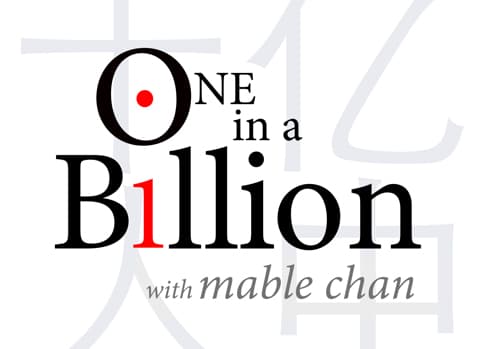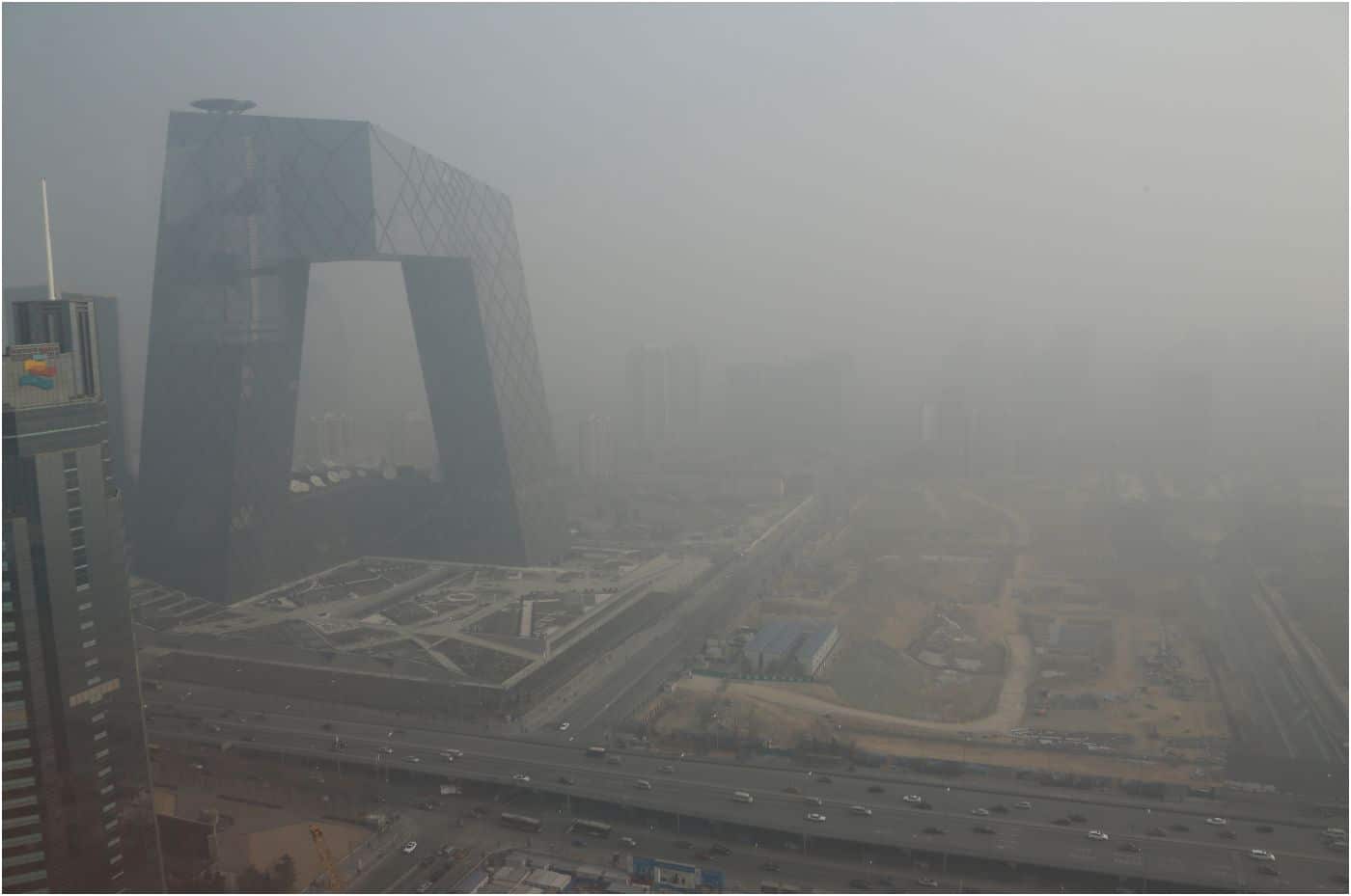My parents’ generation probably has the last bits of fond memories of a healthy living environment, especially clean air. My generation isn’t that lucky.
When I was in kindergarten, I had to make a thirty-minute trip to school with my father on his bike. Every day we would pass a stinky body of water, which my father called “stinky ditch.” The smell was the earliest memory I have of air pollution. It was not until some time around fourth grade, when I was still passing the ditch every day, that I realized the “stinky ditch” was actually a river before, a river that once looked like any river in picture books and cartoons.
The air on winter mornings also brings memories. In elementary school, the morning air made me imagine coal burning in my grandmother’s stove. In high school, when the smell still persists, I can almost feel millions of sulfur dioxide molecules pressing against my cheek.
Outside of these sweet hallucinations the reality is harsh, especially when foggy days debuted in my memory around third grade. Back then “smog” was not in my vocabulary, and no one seemed to mention this word. Either in books or everyday life, the word to describe a day when people are not able to see very far is “fog.”
 “Smog” became part of my vocabulary in 2007, when I returned to Beijing after a year’s stay in Cambridge, MA. As soon as I got off the plane, I could not wait to embrace the city I had missed so much, so I ran to an opening in the airport building and took a deep breath. At that exact moment I could almost feel toxins in the air filling up my lungs, and I was utterly disappointed. And that was when “smog” erased “fog” in my vocabulary, for smog is caused by severe air pollution while fog is not.
“Smog” became part of my vocabulary in 2007, when I returned to Beijing after a year’s stay in Cambridge, MA. As soon as I got off the plane, I could not wait to embrace the city I had missed so much, so I ran to an opening in the airport building and took a deep breath. At that exact moment I could almost feel toxins in the air filling up my lungs, and I was utterly disappointed. And that was when “smog” erased “fog” in my vocabulary, for smog is caused by severe air pollution while fog is not.
After that, smog became a regular visitor to my memory. However, the city was not willing to host the 2008 Olympic Games under smog-stricken circumstances, so strident measures were taken. These included moving a steel plant away from Beijing and limiting coal burning in neighboring provinces. Although these measures made many people feel that the air quality in the capital city was more or less improved before the Olympic Games, to me these measures were a placebo at best. It’s like a smoker who only quits for one day, and on that particular day he surely feels better.
Also around the time of the Olympics, “blue sky” became a popular phrase, with official statistics honoring over 200 days of that year as having “blue sky,” when a lot of those days were clearly gray. If “blue” was a descriptive word for the mood of the poor Beijing sky, it would make more sense.
I used to watch the evening news on the Beijing channel, and every day after the news there would be an air quality report. From what I can remember, most of the days fell in the B (“fine”) or C (“slightly polluted”) categories. But even on days when I can see a dozen kilometers from my window, Beijing’s air is “unhealthy” by foreign standards. It is similar to a blood lead concentration test I took in third grade. My result was far below China’s alert level but well into danger zone by the international standard.
Though awful, the “double standard” is not the worst thing. If you ever hear that something meets all kinds of standards, check carefully before you believe it. There could be standards that are not tested, like PM 2.5 (an air pollutant). In the past, few people knew what PM 2.5 was, and I was among those who felt content with the B’s and C’s Beijing’s air scored. In my opinion, adding PM 2.5 levels to air quality reports is a great move, although the results hurt the image of the city. At least detecting PM 2.5 levels is the first step towards lowering them.
After all, the environment is not the only challenge facing my generation. I accept whatever air is outside, but I don’t want our posterity to have the same memories of air. They deserve better.
健康的生活环境,尤其是清新的空气,如今只存在于父辈的记忆中了。我这一代就没有那样幸运。
当我还在上幼儿园的时候,父亲要花30分钟骑车接送我。每天我们都会经过一潭恶臭的死水,父亲称之为“臭水沟”。那气味是我对于空气污染最早的记忆。直到四年级,当我每天依然经过那条水沟的时候,我才意识到,所谓的“臭水沟”实际上是一条河,它本该像图画书和动画中描绘的河流那样。
我的记忆中还有冬日早晨的空气。在我上小学的时候,早晨的空气让我想起奶奶的炉子中烧的煤。上了高中,这气味仍然没变,我几乎能感到数以百万计的二氧化硫分子扑上我的脸庞。
 这些美好幻想之外的现实是残酷的,尤其当我上三年级第一次见到雾的时候。那时,“雾霾”这个词语根本不存在于我的字典里,也没有人提到过这个它。不论是在书中还是生活用语中,人们至多使用“雾”来形容能见度很低的一天。
这些美好幻想之外的现实是残酷的,尤其当我上三年级第一次见到雾的时候。那时,“雾霾”这个词语根本不存在于我的字典里,也没有人提到过这个它。不论是在书中还是生活用语中,人们至多使用“雾”来形容能见度很低的一天。
2007年,我的字典里出现了“雾霾”这个词语,那时,我从居住了一年的马萨诸塞州剑桥飞回北京。刚下飞机,我便急迫地想拥抱这座我怀念已久的城市,所以我立刻跑到外面深吸了一口气。那一刻,我几乎感到空气中的毒素要充满我的肺。我极其失望。也正是那个时候,“雾霾”取代了我字典里的“雾”,因为雾霾是由严重的空气污染引起的,而雾却不是。
从那以后,雾霾成为了我记忆中的常客。然而,北京这座城市并不愿在受雾霾的严重影响下举办2008年的奥运会,所以政府采取了强硬的措施,包括把一个钢铁厂搬出北京和限制北京周边省份烧煤的用量。虽然对很多人来说,这些措施让他们感到首都的空气质量或多或少在奥运会之前有所改善,但是我认为这些措施至多是安慰剂。就如同一个吸烟者只戒一天的烟,显然,在那一天里他的感觉会好很多。
大概在奥运会举办的那段时间里,“蓝天”成为了流行词语,官方也对一年中超过200天的蓝天记录大加称赞,虽然有些所谓的“蓝天”明显是阴天。如果用“蓝”来修饰天空犹豫的心情,恐怕更恰当些吧。
我曾常看北京电视台的晚间新闻,每天的新闻播报后都会有一个空气质量报告。我记得,大多数日子的空气质量被定在B级(良)或C级(轻微污染)。不过,即使在能见度极好的日子里,北京的空气质量依照外国的标准判定,还是“不健康”的。这类似于我三年级时做的血铅检查,我的血铅含量在中国标准下远没有超标,而按国际标准却已属于中毒。
这样的双重标准的确很令人头疼,但还不是最糟的事。如果你听说什么东西达到了很多项指标,你在相信之前最好先细检查一下,因为经常会存在一些没有被检测过的指标,比如PM 2.5(一种污染物)的含量。从前,几乎没有人知道什么是PM 2.5,我也满足于用“良”和“轻微污染”这样的评级方式来评价北京的空气质量。在我看来,在空气质量报告中增加一项PM 2.5监测指标是一项重大的举措,虽然其结果会影响到城市形象。至少,监测PM 2.5是迈向降低PM 2.5的第一步。
毕竟,环境问题并不是我这一代人面临的唯一挑战。不论什么样的空气,我都可以接受,但是我不想让我的后代也拥有和我一样的关于空气的记忆。他们应得的绝不是这些。


